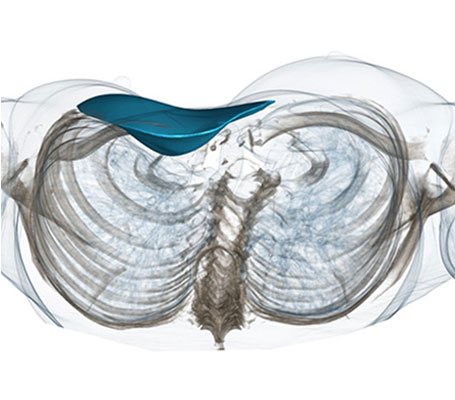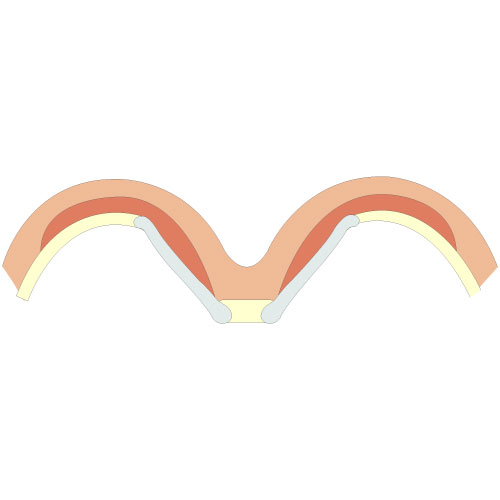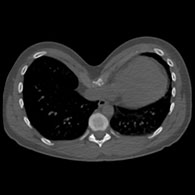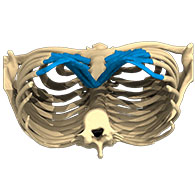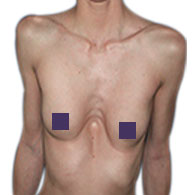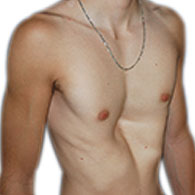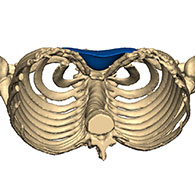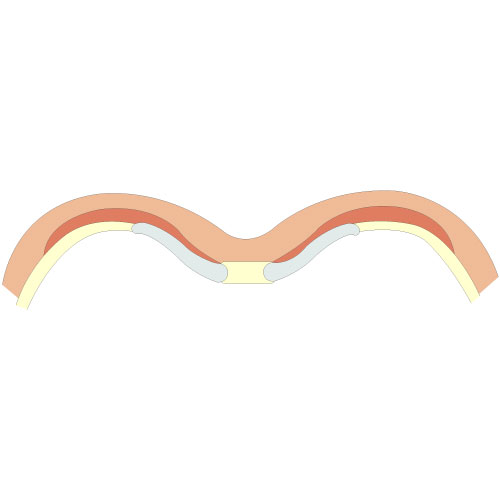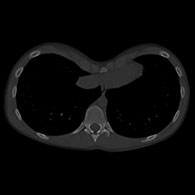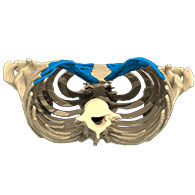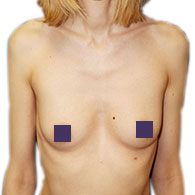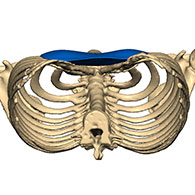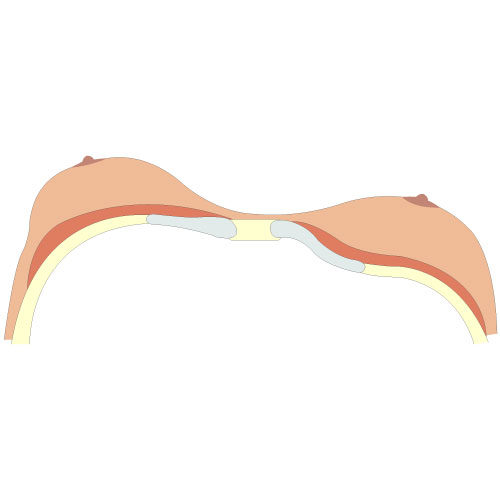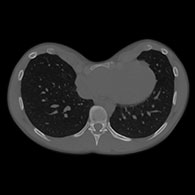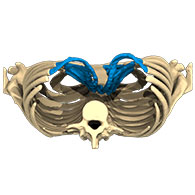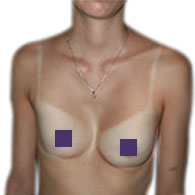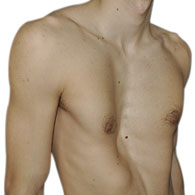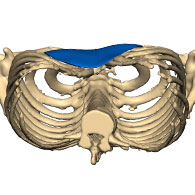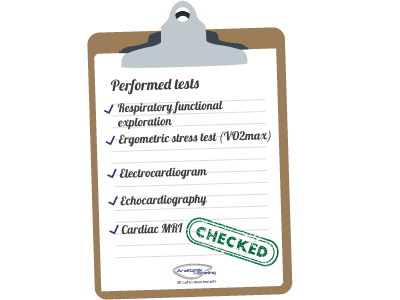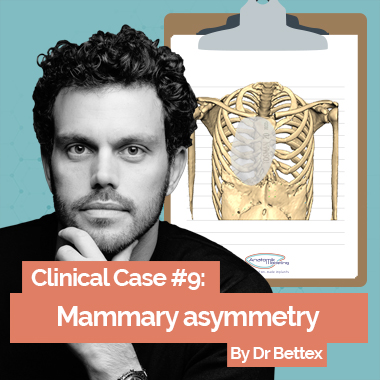Interview
Interview des Pr Assouad & Dr Debrosse sur le Pectus Excavatum
"[...] les patients éligibles pour lesquels on propose d’utiliser la technique de l’implant sur-mesure il faut impérativement leur faire un bilan fonctionnel cardiaque et respiratoire complet, il faut aller jusqu’au test d’effort parce que on ne peut pas confirmer la pose de l’implant sans vérifier qu’il n’y a pas de retentissement même s’ils sont sportifs"
"Jusqu’à l’arrivée de cette technique, on remettait le sternum à sa place avec une chirurgie osseuse où il fallait couper les cartilages, couper les côtes et relever le sternum. C’était donc une chirurgie lourde et douloureuse. Il y a une autre technique qui consiste à mettre une barre dans le thorax, représentant aussi une chirurgie lourde et désagréable."
"On est vraiment dans une chirurgie pour le coup peu invasive où on ne va pas du tout toucher au thorax osseux et donc source de beaucoup moins de douleur en post-opération et avec un résultat définitif quasiment immédiat."
"Je pense qu’il faut peut-être remettre en question ce qu’on dit sur l’impact fonctionnel des Pectus Excavatum : personnellement jusqu’à maintenant je n’en ai pas vu malgré les bilans qu’on a pu faire. Alors pourquoi vouloir corriger un thorax osseux que les patients ont eu pendant 20, 30 voire même parfois 40 ans, pourquoi vouloir les casser, provoquer des douleurs quand, avec une technique simple, on peut les corriger."

